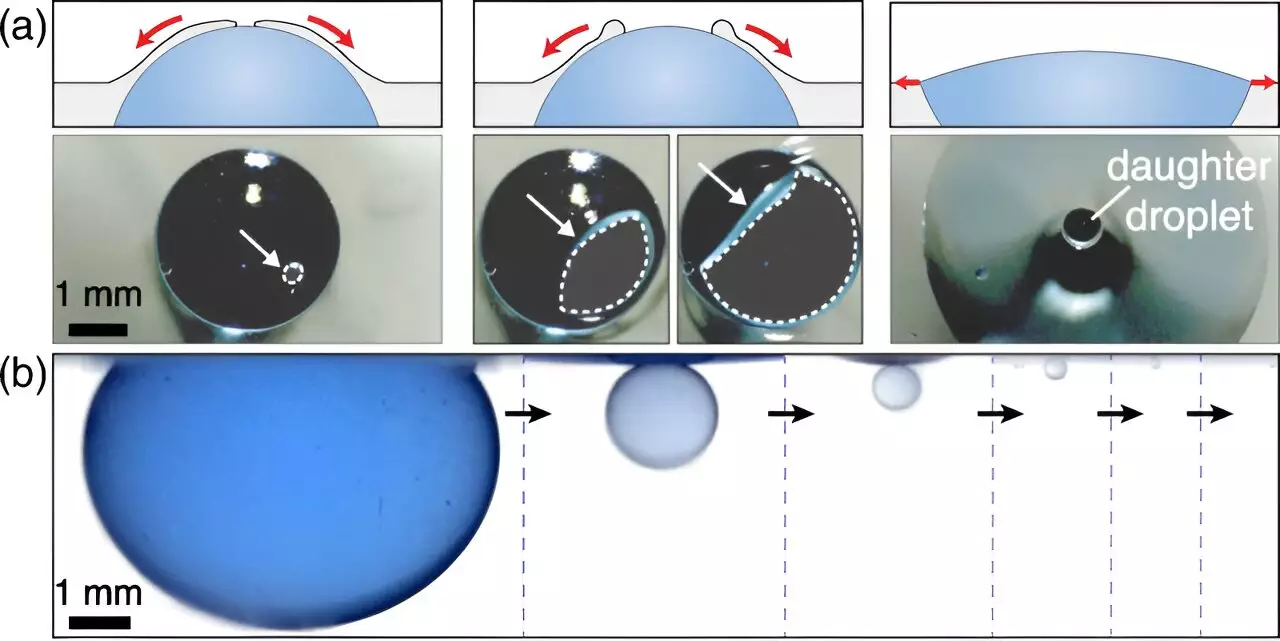The recent research conducted by the University of Illinois Chicago has shed light on a previously unknown aspect of oil spills – the behavior of oil droplets underwater. While conventional wisdom suggested that oil spills simply resulted in the formation of a slick on the water’s surface, the study found that oil droplets could break into smaller droplets that remain suspended underwater. This discovery has significant implications for oil spill clean-up efforts and calls for a reevaluation of current strategies.
Understanding the Mechanics
The research conducted by the UIC team, led by Sushant Anand, delved into the mechanics of how oil droplets transition from being suspended underwater to forming a slick on the surface. Contrary to popular belief, the study found that when oil droplets reach the water’s surface, they do not immediately form a flat film. Instead, the exposed part of the droplet spreads across the surface, while the submerged part breaks off into smaller “daughter” droplets. This process repeats, creating a chain of oil droplets that remain suspended underwater.
Implications for Clean-Up Efforts
The findings of the research have significant implications for oil spill clean-up efforts. Traditionally, clean-up strategies have focused on removing the slick on the water’s surface. However, the discovery that oil droplets can remain permanently underwater highlights the limitations of current approaches. The presence of tiny oil droplets underwater poses a challenge for clean-up operations, as they are harder to detect and remove.
One potential solution proposed by Anand is to increase the viscosity of the water to prevent the formation of daughter droplets. By adding a biodegradable, water-soluble compound at the location of a spill, the water viscosity could be increased, thereby keeping the oil droplets intact. This would facilitate the removal of the entire oil droplet, making clean-up efforts more effective.
The study also points to the broader implications of oil spills, highlighting that the process of droplets breaking apart is not limited to underwater spills in the ocean. Pipelines running under lakes and rivers, as well as oil spills from ships, can also lead to the formation of tiny oil droplets. Anand emphasizes the need for further research to investigate how these droplets impact underwater species and calls for oil companies to incorporate this information into their spill prediction models.
The research by the UIC team has provided valuable insights into the behavior of oil droplets in underwater oil spills. The discovery that oil droplets can break into smaller droplets that remain suspended underwater underscores the complexity of oil spill clean-up efforts. By understanding the mechanics of oil dispersion, researchers can develop more effective strategies to mitigate the environmental impact of oil spills.ngoing research in this field is essential to protecting our oceans and marine life from the harmful effects of oil pollution.


Leave a Reply